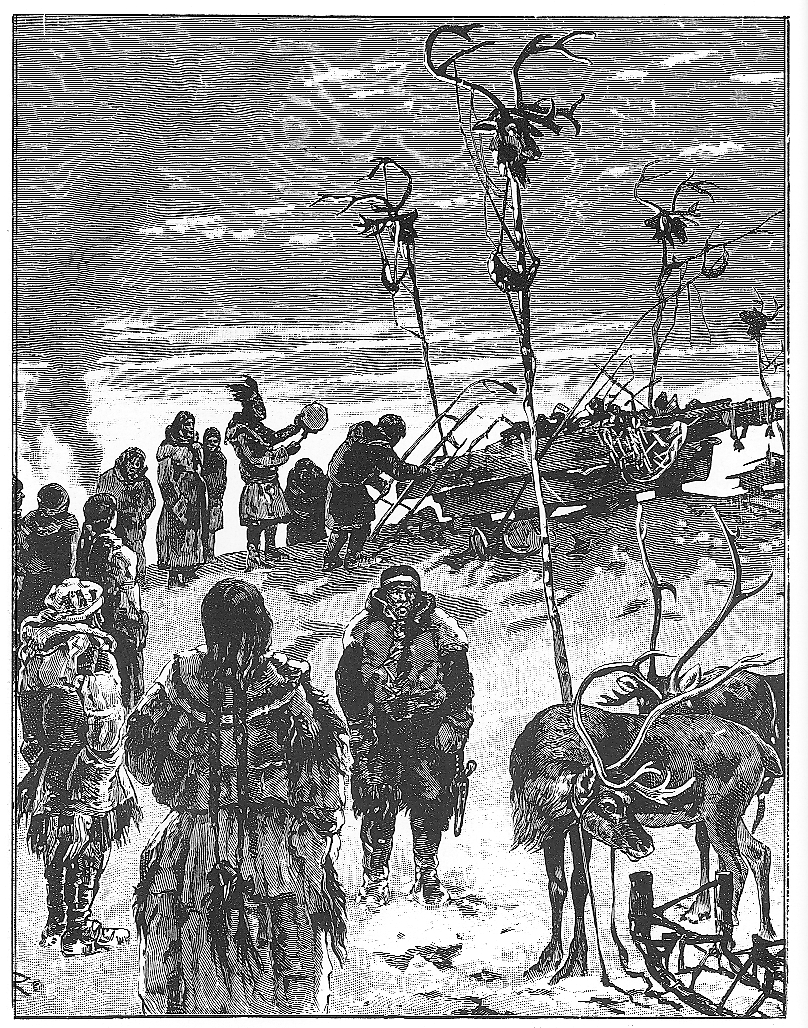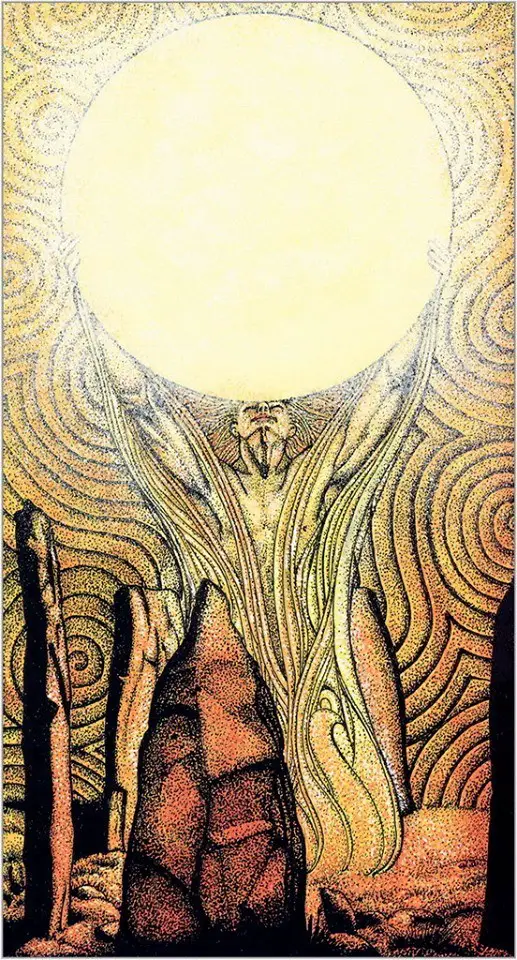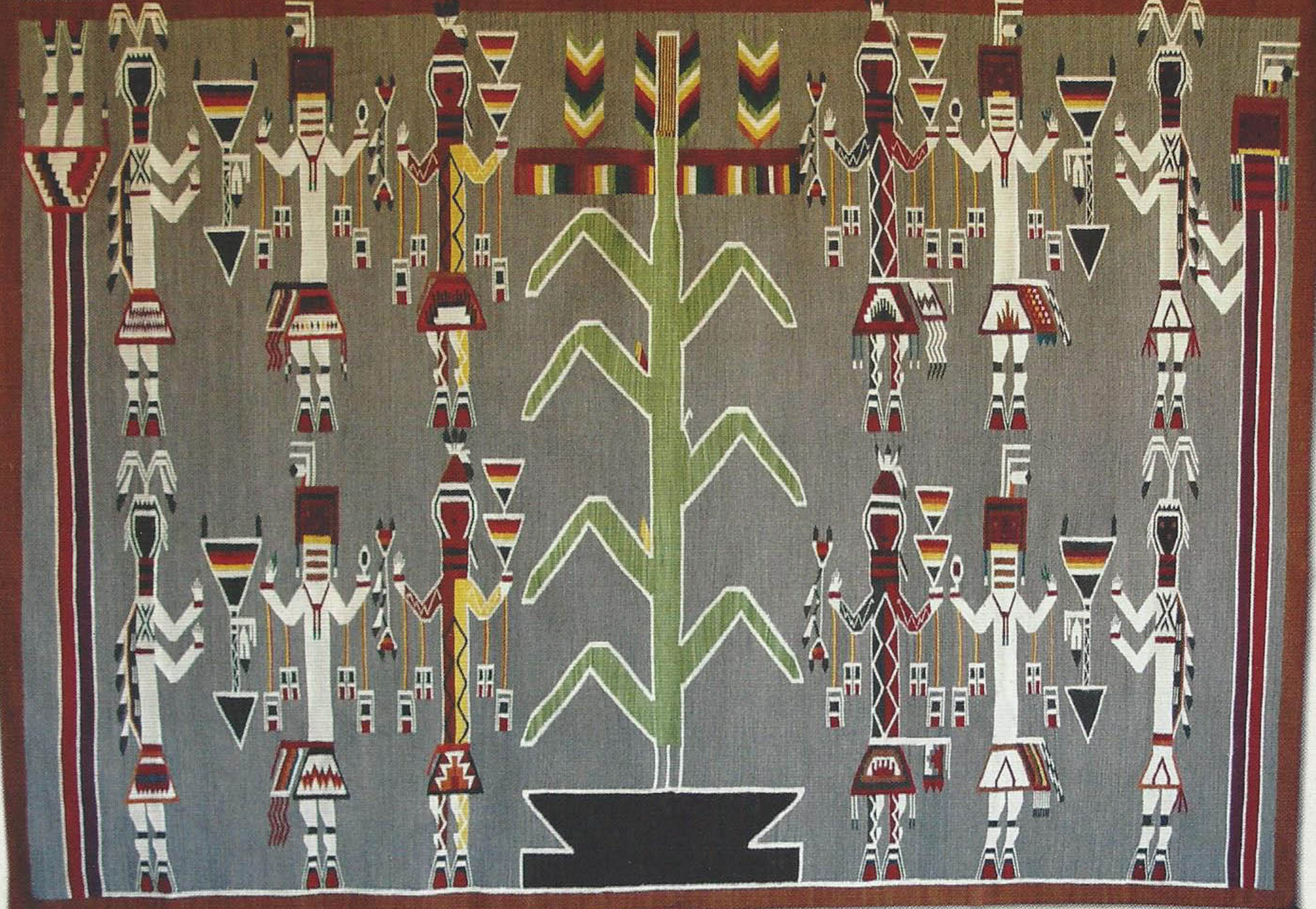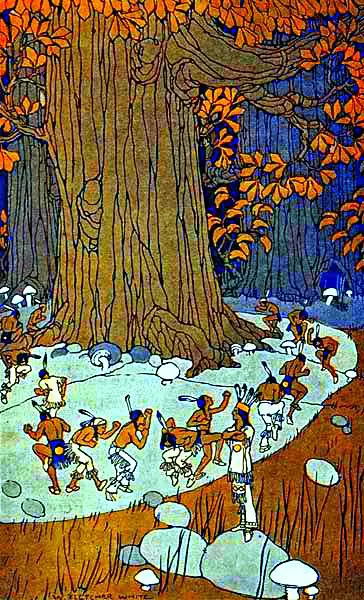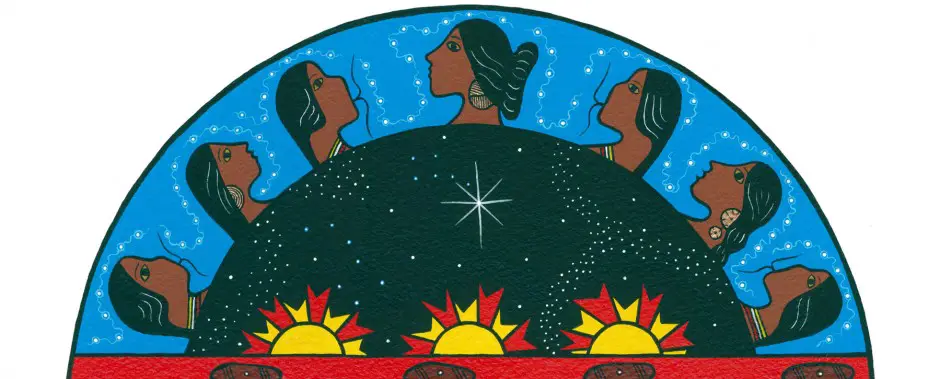Tag: Trickster
Spiritual Animals: Native Traditions of Subarctic Canada
The 'spiritualization' of animals and their respective archetypal functions in the holistic view of the Native Americans of the far north
The festival of Lughnasadh / Lammas and the Celtic god Lugh
In ancient times, among the Celtic populations, at the beginning of August Lughnasadh / Lammas was celebrated, the festival of the first harvest, established according to the myth by the god Lugh himself. An analysis of the functions of the latter will allow us to highlight its remarkable versatility and correspondences with other divinities of the Indo-European traditions (such as Apollo, Belenus and Odin) and even with two divine powers of the Judeo-Christian tradition apparently opposed to each other. : Lucifer and the archangel Michael.
The "myths of emergence" in the traditions of Native Americans
di Marco Maculotti
According to many mythical traditions, in the beginning the first members of the human race were generated in the bowels of the Earth, within underground worlds similar to cavernous wombs. The myths of emergence, particularly prevalent among Native American populations, provide us with the best examples of such subterranean realms. The mythical tales tell of how the first humans were brought to the surface to live in the sunlight only after they remained for a long time under the earth's surface, in the - so to speak - "larval" state, and after developing a rudimentary physical form. and a human conscience. According to native peoples, this emergence from the underworld marks the birth of man in the present era - or, to use a typical American term, the "Fifth Sun" - and also represents the transition from childhood and dependence on womb of Mother Earth to maturity and independence.
Enigmas of the Mediterranean: the Guanches, the 'Peoples of the Sea' and Atlantis
An attempt at classification (cultural, anthropological and genetic) of the mysterious population of the Guanches, ancient inhabitants of the Canaries, and a look at the Hellenic myths concerning the "Fortunate Islands" and the 'mythical' war against Atlantis
The "Little People" in Southeast Native American folklore
The belief in the Little People is widespread not only in Europe, but also among the native peoples of North America. In this article we analyze the body of beliefs relating to the "hidden people" in the traditions Cherokee, Choctaw, Creek, Seminole and Chickasaw
The Sacred Circle of the Cosmos in the holistic-biocentric vision of Native Americans
[Extract from the graduation thesis Recognition of the rights of the Native Peoples of Canada2015]
For millennia, American Indians have regarded the earth as a church, the bullion tables as altars, all of creation as pervaded by sacred vital forces, in a universal circle of equals, one related to the other in a vital balance. 200 The habitat represents the stage on which the realm of spirits and the physical world perform. Plants, forces of nature, celestial stars, human beings, herbs that heal and allow visions, are all part of a "family-run system", 201 in which all are relatives, "all equally children of the Great Mother Earth". The circle of the native universe contains in an inseparable whole the entire existing world, physical and spiritual. Thanks to what we said previously on the importance of the cd reciprocity law in native traditional philosophy, it is not difficult to understand that it is precisely this principle that forms the basis of this particular holistic vision of the cosmos as a single organism composed of a multitude of interconnected and interdependent parts.
The oral tradition of the "Big Stories" as the foundation of the Native Peoples Law of Canada
[Extract from the graduation thesis Recognition of the rights of the Native Peoples of Canada2015]
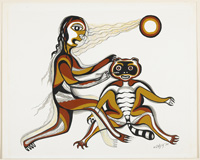 Le First Nations of Canada use the oral tradition to record information considered to be of primary importance, which is collected and shared through a form of literature which holds memory and the spoken word in high regard. Oral transmission allows the normative-behavioral systems of indigenous populations to be subjected, day after day, generation after generation, to continuous creation. A strong point of this methodology is the possibility of reinterpreting traditions in such a way as to come to terms with the needs of the contemporary world, without losing the truth or principles on which the stories are based. Rather, the need for continual modification is based on the understanding that the social context is continually changing, and consequently requires a constant reinterpretation of some of the narrative elements. The fluidity of the tales of First Nations it reflects the attempt to make the deepest sense of the narratives current, adapting it from time to time to the needs of listeners.
Le First Nations of Canada use the oral tradition to record information considered to be of primary importance, which is collected and shared through a form of literature which holds memory and the spoken word in high regard. Oral transmission allows the normative-behavioral systems of indigenous populations to be subjected, day after day, generation after generation, to continuous creation. A strong point of this methodology is the possibility of reinterpreting traditions in such a way as to come to terms with the needs of the contemporary world, without losing the truth or principles on which the stories are based. Rather, the need for continual modification is based on the understanding that the social context is continually changing, and consequently requires a constant reinterpretation of some of the narrative elements. The fluidity of the tales of First Nations it reflects the attempt to make the deepest sense of the narratives current, adapting it from time to time to the needs of listeners.


